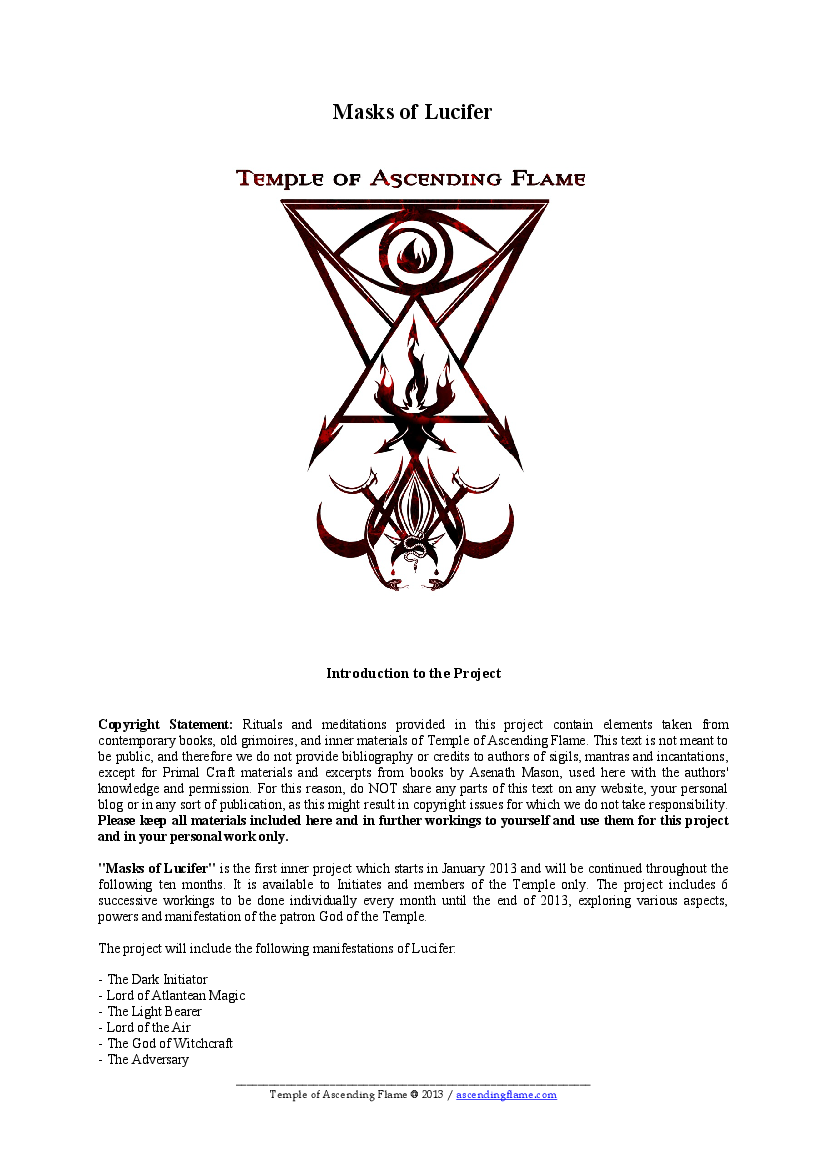

While this is an alternative reading, unlike the more conventional interpretation, given the current circumstances I believe it is the only way to effectively understand this monument despite minimal evidence.

While extensively and critically benefiting from previous scholarship, this study pursues a rather different direction, delving into questions about how the monument’s physical qualities contribute to the overall experience at the site and what role particular images play in such a process. Despite the dearth of evidence, this monument has drawn heated discussions regarding every aspect of its features, from its date, visual motifs, style, and connections to a famous monk to the idea of protecting Silla, and even to the earlier practice of esoteric Buddhism in the peninsula. Lastly, following a historiographical approach, it offers a uniquely stimulating example through which to discuss the history of Buddhist sculpture on the Korean peninsula. Such a lack, although perplexing, fascinates researchers, asking that we reconsider the monument’s material presence and spatial configuration in a physical sense rather than resorting to a preconceived or imaginary iconographic program. Third, there are neither textual documents nor direct circumstantial evidence regarding the intent of the doctrinal teaching or ritual practice for this site. It dictates the ascending and descending of one’s footsteps in a relatively clear manner, so that we can envision the carver’s and viewer’s actions. Second, there is a clear path in situ around the T’apkok monument that helps us reimagine what it would be like to come upon it. Presumably a visitor to this site would have prepared himself or herself to encounter a numinous presence, given the local legends and tales from previous visitors. It is carved on a rock surface on Namsan, a mountain that was highly venerated during the Silla period. The monument is a good example, first of all, due to its location. The material for this particular quest is a stone monument at T’apkok 塔谷, or Pagoda Valley. This study presents one possible answer to these questions. Does this line of thought mean that the monument’s images were designed, in their totality, to evoke certain responses from a viewer, who then was expected to perform in a particular manner? Because it is located on a mountain that has long been revered as a sacred realm, the very connotation of the divine may help or hinder the process in certain ways. Such a juxtaposition without a recognizable boundary presents a set of questions, principally: how can a natural backdrop frame one’s viewing of a religious monument? One assumes that physical conditions-such as natural lighting, altitude, temperature, scenery, walking paths, and even the presence of flora and fauna-played an important part in the process of viewing, comprehending, or even venerating such a monument. On Namsan 南山 (South Mountain) in Kyŏngju 慶州, North Kyŏngsang province 慶尚北道, in Korea, the physicality of irregular raw rocks coexists with the religiosity of the manmade images carved upon them.

This new perspective provides a better understanding of how the monument established a stage that anticipated the Buddha’s manifestation on this mountain. Comparing the visual vocabulary of excavation sites in the Kyŏngju basin, this study interprets the T’apkok sculpture as a rock version of a late seventh-century monastery compound. One boulder in particular, known as T’apkok monument, is exemplary: its site and visual motif represent the Silla Buddhists’ unique ideal for the Buddha Land, or pulgukt’o.

Long revered as a sacred realm, Namsan (South Mountain) in Kyŏngju, Korea, is home to both numerous temple ruins and massive boulders on which various Buddhist deities have been carved.


 0 kommentar(er)
0 kommentar(er)
